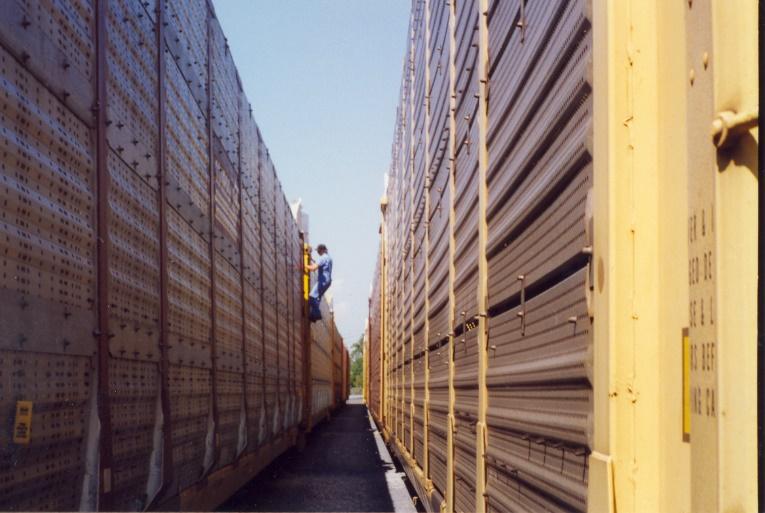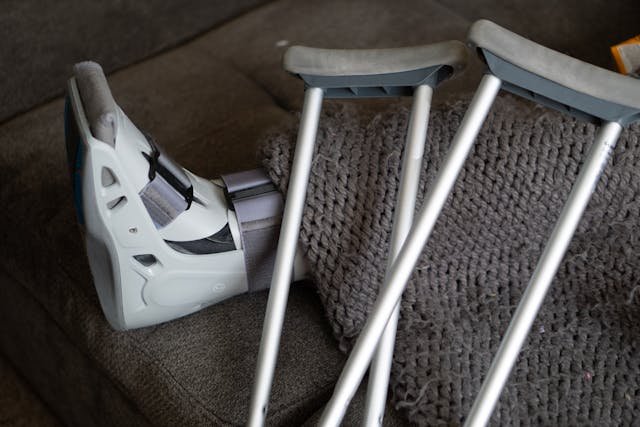
For decades, asbestos was used as a fire-resistant material in construction projects and various other industries across America, including many segments of the railroad industry. Unfortunately, this means that thousands—if not millions—of railroad workers have sustained debilitating, and sometimes fatal, harm to their health as a result of being exposed to asbestos in the course of their employment.
One of the most dangerous consequences that long-term asbestos exposure can have is the development of pleural diseases, which can often be identified by the development of pleural plaques inside the affected person’s lungs. In many cases, identifying the existence of pleural plaques can be a key early step towards achieving a successful outcome for a FELA claim over asbestos exposure, as an experienced railroad injury and illness lawyer could explain in further detail.
Causes and Effects of Pleural Plaques
The blanket term “pleural disease” refers to a number of conditions impacting the “pleura,” which is a membrane that forms a barrier between the outside of the lungs and the interior of the chest cavity. Inhalation of asbestos fibers can result in deposits of collagen fibers—known commonly as “pleural plaques”—forming on the pleura more than 20 years after initial asbestos exposure. However, this sometimes occurs much more quickly – even in as little as 10 years.
Compared to other lung diseases related to asbestos exposure such as asbestosis, lung cancer, and mesothelioma, pleural plaques generally do not lead to a substantial loss of lung functionality all by themselves. While they may put an individual at a higher risk of developing cancers and other diseases of the lung, they do not directly cause such conditions themselves.
Potential Recovery for Damages Related to Pleural Disease
Importantly, the existence of pleural plaque on the lungs of a current or former railroad worker does not automatically make them eligible to pursue compensation through FELA, since many individuals with pleural plaques experience minimal or no symptoms. If, however, asbestos exposure causes pleural plaque buildup or disease that has a debilitating impact on a worker’s life, they may be eligible for compensation. Pleural plaques may also play an important role if a current or former railroad worker is diagnosed with a form of cancer, as it can serve as corroborative evidence that the worker was exposed to asbestos during their career.
Successful recovery for pleural plaques through FELA litigation requires the claimant to not only prove that they were exposed to asbestos through their employment on a railroad, but also that their employer bears liability for their exposure based on negligence. Tracking down this kind of evidence more than 20 years after initial exposure can be an incredibly complex task. That is why seeking guidance from a knowledgeable railroad injury lawyer can be absolutely essential to securing a favorable outcome for a claim of this nature.





